Flying into Kansai Airport at night is an electrifying spectacle, as you soak up the spangled necklace of city lights, sweeping around horse-shoed Osaka Bay, studded by Kobe, Osaka City and Kyoto.
Japan’s third largest city is a carnival of nocturnal colour, drenched in playful neon. As the powerhouse of the Kansai region, Osaka struts its modern architecture, spirited nightlife and alluring street food with unabashed pride. The frenetic central city pleasure precinct of Dotonbori is primed for people watching, a head-spinning throng of shops, eateries and neon excess.
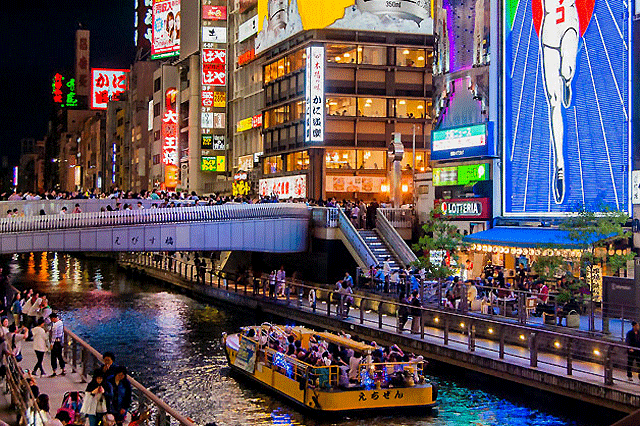
The famous Glico billboard is Dotonbori’s essential photo-stop in this canaI-side entertainment mecca. Throbbing with pink salons, karaoke bars and pachinko parlours, I also strolled through the splendid Ebisubashi Shopping Arcade, a roofed shopping stretch bursting with kimonos, jewellery, cooking equipment, and fast food vendors.
Don’t miss the centuries-old Hozenji Temple which features a statue completely covered in moss. The moss continues to thrive with the water that worshipers often pour over it. For pure sensory escapism, the neon bling of Shinsekai is worth a wander, despite its seedy overtones. The district was developed before the war as an entertainment zone, crowned by Tsutenkaku Tower, a nostalgic symbol and observation deck, inspired by the Eiffel Tower. The southern part of Shinsekai was modelled on New York’s Coney Island.
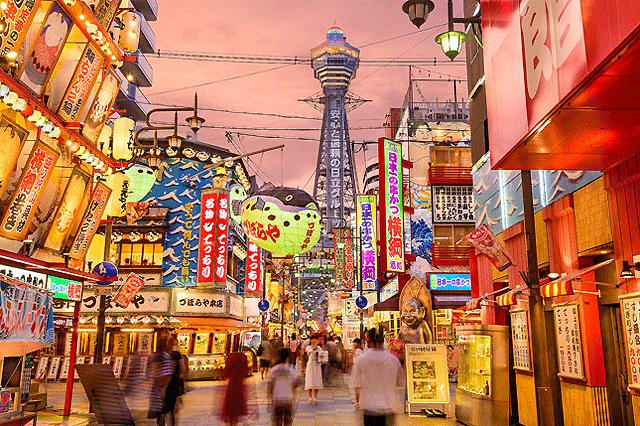
A venerable Shinsekai snack is kushikatsu, which is composed of various skewered, battered and deep fried foods. Varieties on offer range from chicken and beef, to pumpkin and asparagus, to the banana and ice cream dessert varieties. Many of Shinsekai’s kushikatsu restaurants are open 24 hours, but only truly burst into life after dark.
Osaka is home to a quirky little museum that traces the history of instant ramen, a national craze, which Japanese citizens once voted as their country’s greatest invention of the 20th century. You’ll find a sprawling exhibit of instant noodles, the riveting tale behind the first cup of instant ramen ever created in 1958, an instant noodle “tunnel”, and a shed dedicated to the birth of chicken ramen. The exhibits are free, but you can also pay to make your own instant ramen and decorate the cup any way you like.
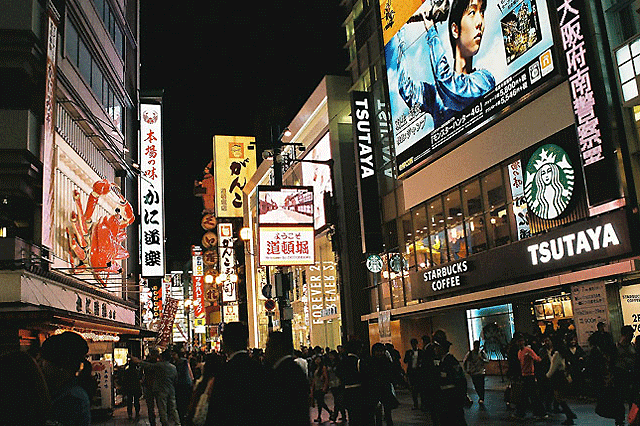
Eat till you drop, or kuidaore, is a cherished phrase coined to encapsulate Osakans’ love affair with great street eats. You’ll notice on the streets that the city’s favourite snack is takoyaki – octupus-filled dumplings. You can learn about the history of this compelling culinary creation at the Osaka Takoyaki Museum, which showcases dumplings from the city’s most popular takoyaki shops and the history of the ingredients and utensils used to produce these delightful morsels.
If you need a breather from all the bling and vertical concrete boxes, the expansive verdant embrace of Osaka Castle Park is a detox delight. It’s a gold-rated attraction in spring, given its home to 1200 plum trees and 600 cherry trees. Strolling through this immaculately maintained park, clad with artful statues and shady canopies, the starring centrepiece is the historic castle.
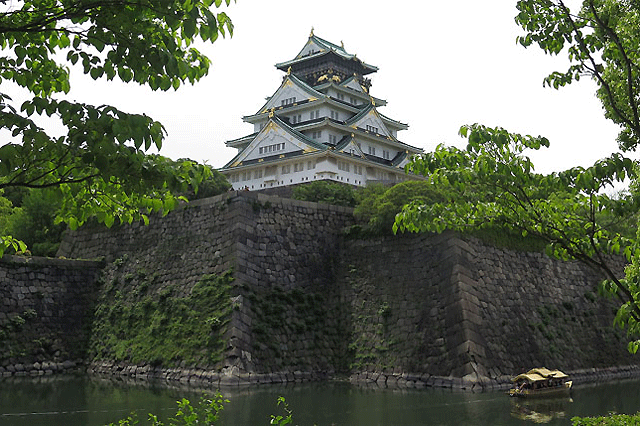
Construction started in 1583 as a display of power by Toyotomi Hideyoshi, after he achieved his mission of unifying Japan. One hundred thousand workers slogged their guts out building this “impregnable” granite showpiece, which was subsequently destroyed three decades later by an invading army. It was subsequently rebuilt only to fall into disrepair, before being fully reconstructed in 1931.
It miraculously survived the city-wide air raids during World War II. Fully refurbished twenty years ago, the main castle tower is surrounded by secondary citadels, gates, turrets, impressive stone walls and moats. Swathed in trees and beautifully tended gardens, it’s a photogenic feast. If you want to venture inside, an admission fee gives you access to a range of historic collections on the castle past rulers and the city’s backstory, while the 8th floor features a panoramic observation deck.
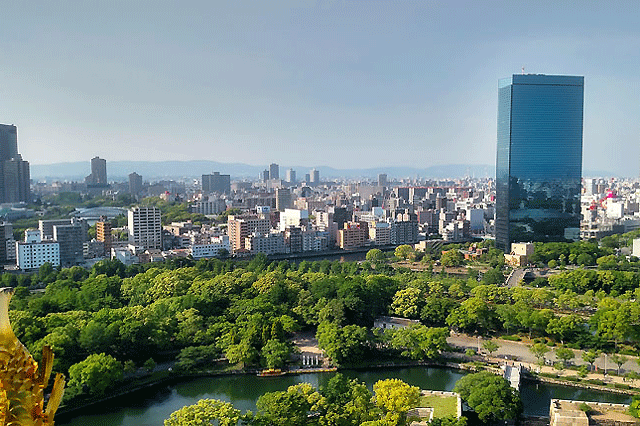
I wandered down to the castle, on the riverside walkway from the glamorous Imperial Hotel Osaka. Gracing the Okawa River, this shiny, lofty hotel serves up spectacular skyline views and is fiendishly popular during cherry blossom season. I stayed in one of the deluxe Imperial Floor rooms with a dreamy view to lull me to sleep.
Kimono-clad female attendants are present on each floor, to assist with any request. Guestrooms are decorated in a regal, elegant style with high ceilings, plush bedding, automatic curtains and intuitive light switches. High-tech robot toilets, deep bathtubs and fluffy bathrobes headline the commitment to pampered comfort.
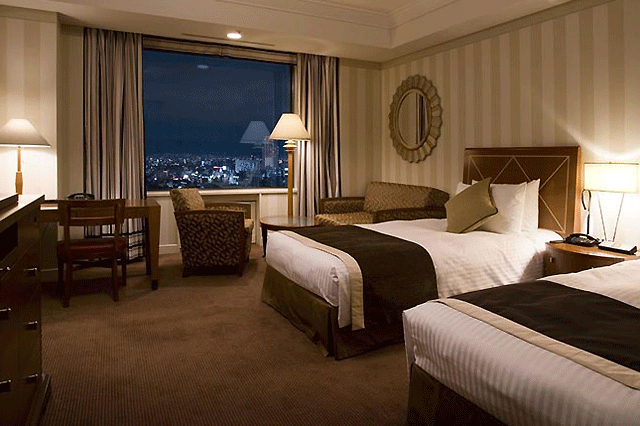
Foodies are spoiled for choice six different dining venues. Breakfast buffet and Western style favourites are served at the casual, convivial Flying Tomato Cafe, while Jasmine Cafe and Les Saisons serve high quality Chinese and French cuisine, respectively. Get your fill of authentic teppanyaki and melt-in-your-mouth Japanese beef at Kamon, Tokyo-style sushi made from the freshest ingredients at Kyubey or Japanese fine dining at the legendary Osaka Nadaman, which has 180 years of culinary excellence under its belt.
It’s easy to see why the Imperial Hotel is consistently rated one of Osaka’s best hotels. With its restful riverside location, luxurious rooms, gracious staff and ultra-attentive service, you can’t go wrong. www.imperialhotel.co.jp


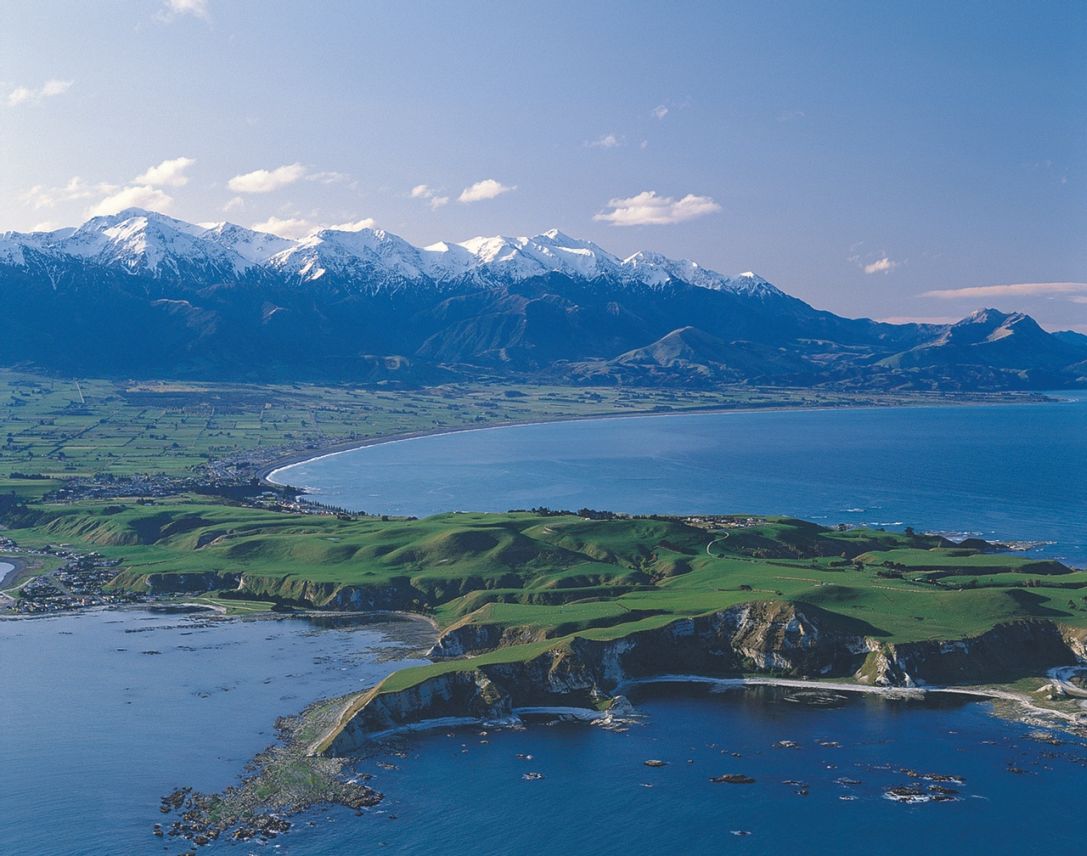
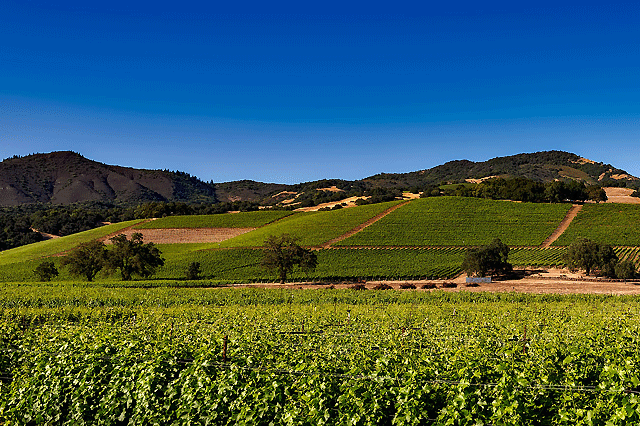
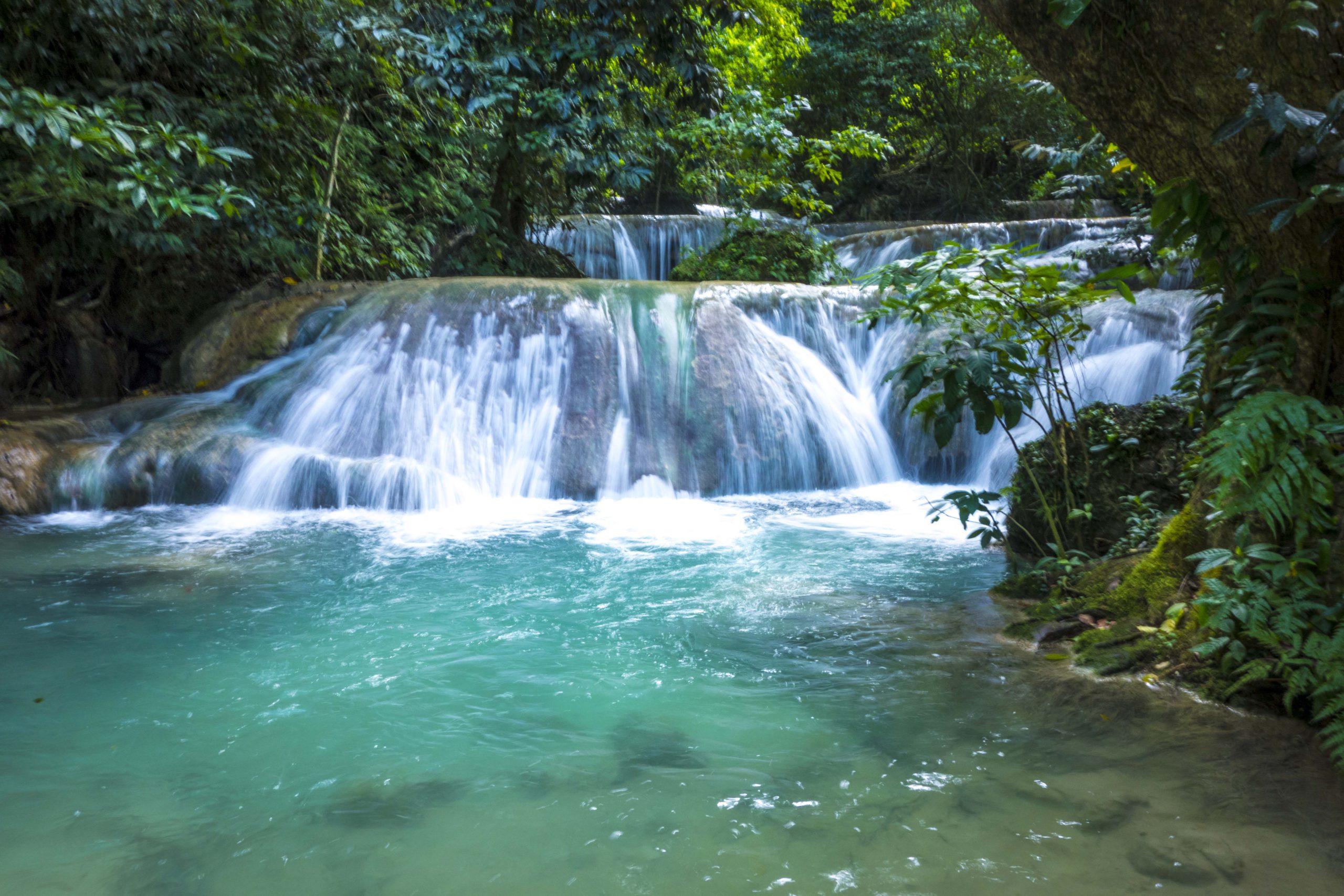
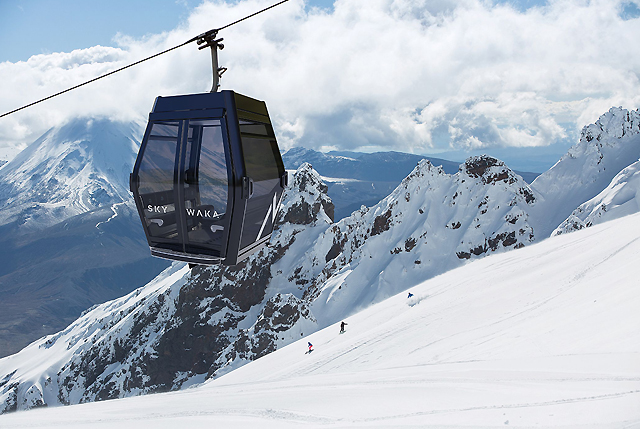
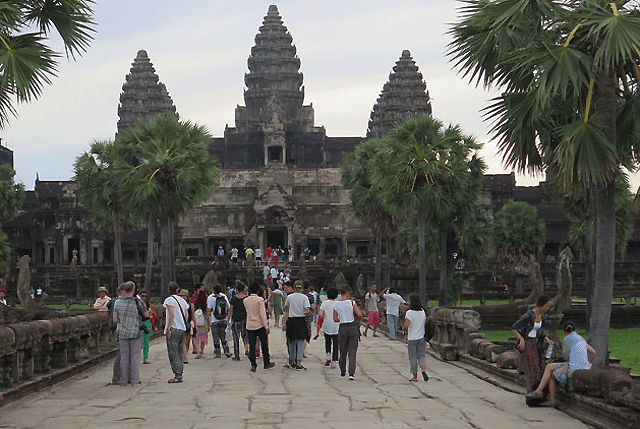
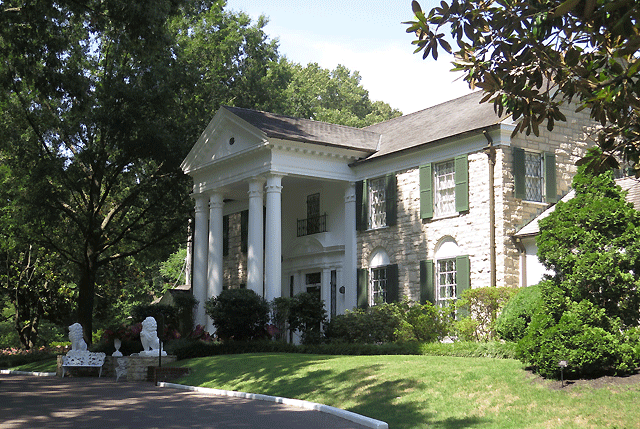
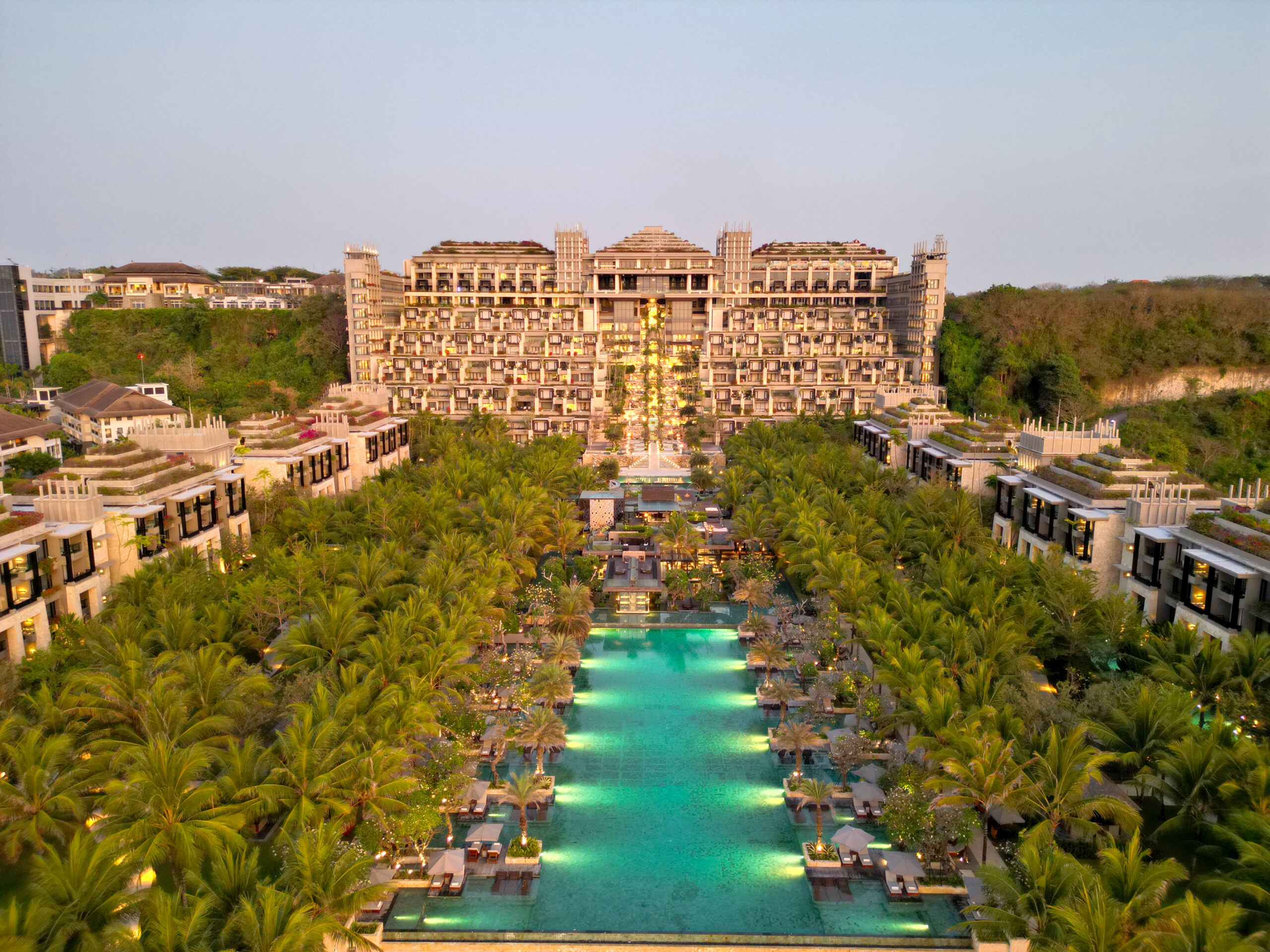
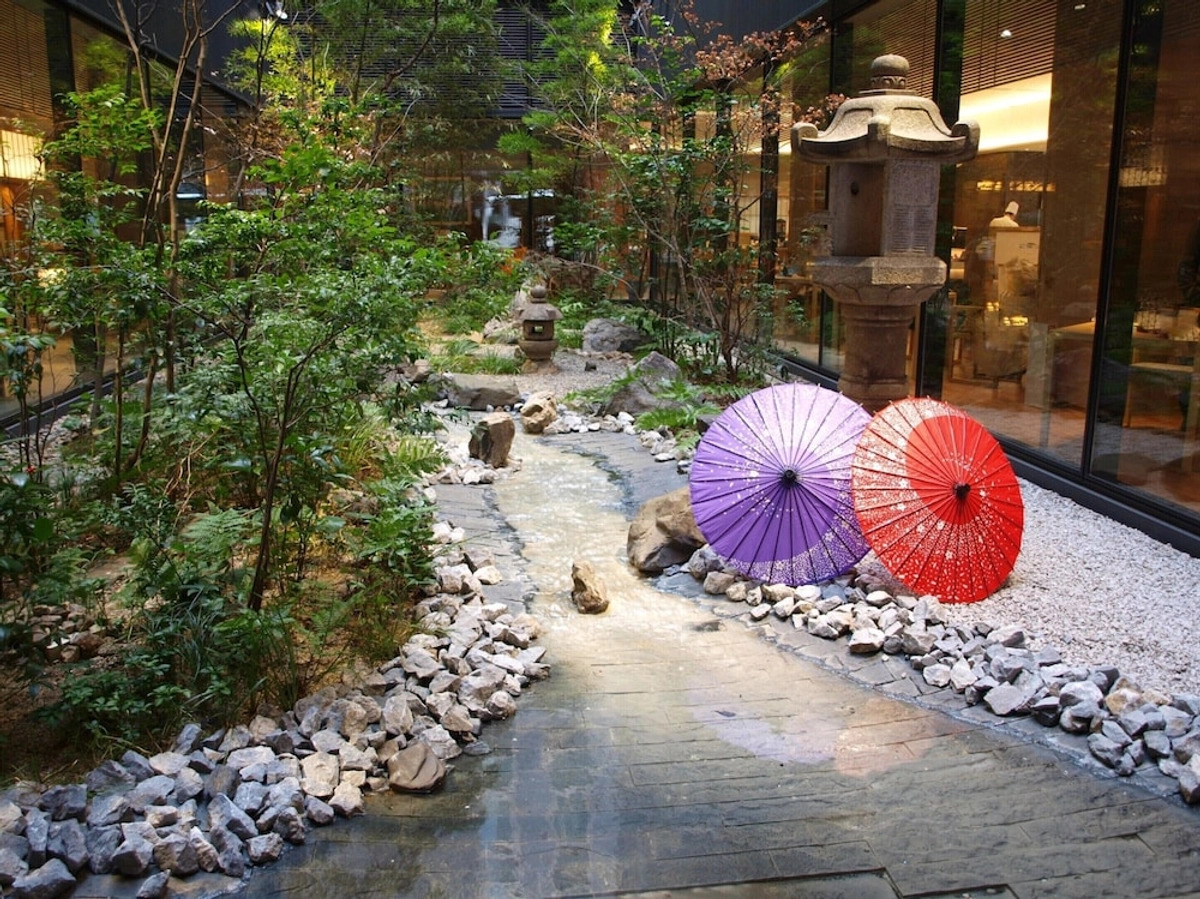



Recent Comments